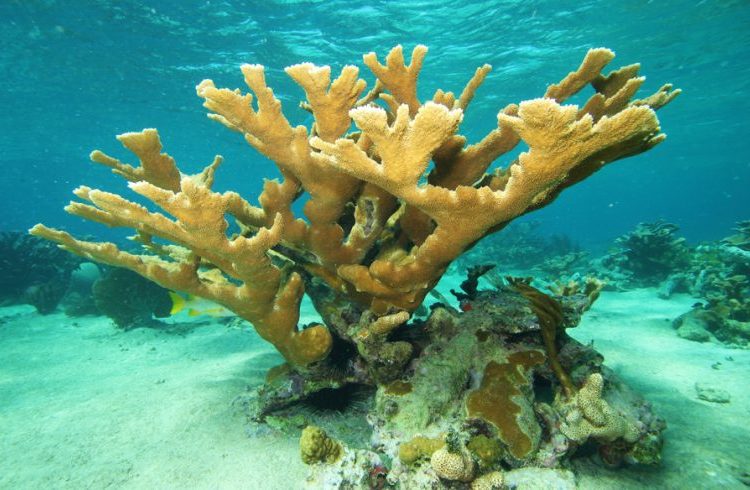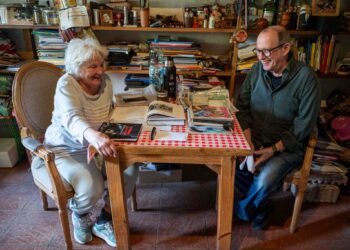Christopher Columbus had seen a great deal of beautiful and new world when he arrived for the second time to the island of Cuba, baptized by him as Juana. In short, if already by 1492, on the shores of Bariay, it seemed to the Genoese that it was “the most beautiful land human eyes had seen,” although there are no reports of a similar phrase, he must have thought the same two years later, when his ship headed toward the southern coast of Cuba and hundreds of islets revealed a paradise to his eyes.
The paradise was a labyrinthine archipelago in which the mangroves, thickets and dunes painted an exotic and unknown landscape for the discoverer. Faced by the beauty that spread along his passage, he did not vacillate. In honor of she who was the principal benefactor of his travels he called it Jardines de la Reina (The Queen’s Gardens), despite the fact that Isabella the Catholic never laid eyes on such wonders of nature.
Years later, Diego Velázquez, traveling around northern Cuba, would find another group of cays which he would name Jardines del Rey, perhaps to make amends and to pacify the wounded honor of Ferdinand of Castile. But that’s another story.
The relative distance from terra firma (some 50 nautical miles) and its complicated channels, as well as the hundreds of islets that comprised it, made of the Jardines de la Reina archipelago a practically unexplored place which survived five centuries of depredation. Its waters and cays, however, can tell stories of corsairs and pirates, the slave trade, sunken ships and fishers’ families that inhabited them since the late 19th century until the 1960s.
In 1996 the Cuban State declared Jardines de la Reina a Zone Under Special Regimen of Use and Protection; later, in 2002, it was proposed that it be declared a National Park, a decision approved in 2010. This management category implies guaranteeing the conservation and sustainable use of the biodiversity, taking into account that it is one of the priorities of the Cuban Environment and Development National Program. Commercial fishing is forbidden there and tourist-related activity has special characteristics.
Located to the south of the main island, from Cayo Bretón to Cabeza del Este, the group of islets and the sea surrounding them takes up more than 2,000 square kilometers, in the territory of two provinces: Ciego de Avila and Camagüey, which turn it into one of the best conserved areas of the Caribbean.
But what makes it so special?
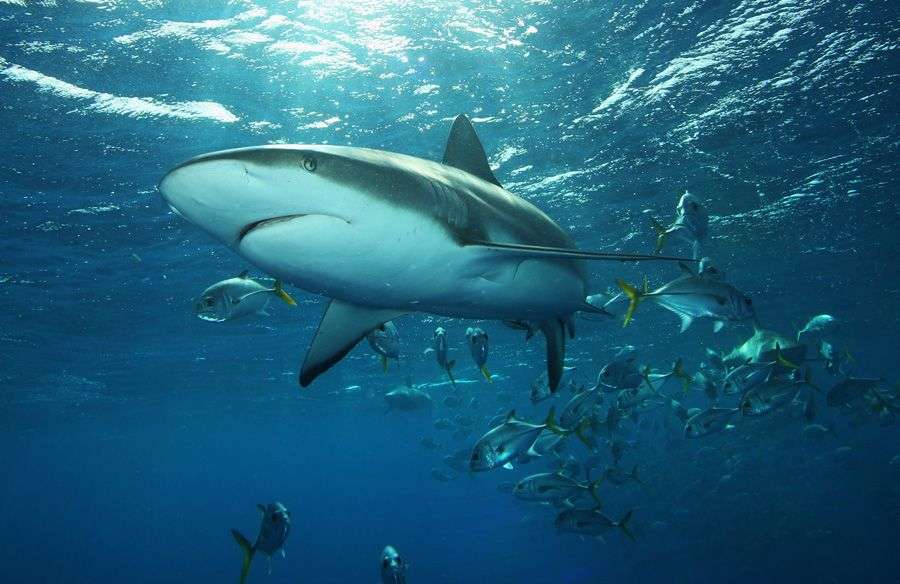
Noel López Fernández, a guide diver of the Avalon international diving station and who has even been called “a shark whisperer,” is clear about this. “It is a unique area, a biodiversity reserve, even of species not yet registered. It contributes to the entire Caribbean and even the United States. There’s a tremendous connection, the sea currents that pass through the south of Cuba carry with them fish larvae and corals through the Straits of Florida and even reach North Carolina.
“For example, the guasa (grouper) has in Jardines de la Reina an incomparable habitat, not just in our geographical zone, but worldwide. From the economic point of view, it is also an invaluable source of resources. Not because of the fishing, but rather because of the tourism-related activity which has particular conditions there.”
Noel refers to the Avalon international diving station, which promotes very attractive options for tourists not seeking sun and beach but rather direct contact with and the observation of nature. Underwater photography and swimming with sharks and crocodiles are powerful attractions guaranteed the year round.
“Clients fundamentally come here seeking sharks, groupers and crocodiles. We are the pioneers in the world in offering the possibility of swimming with crocodiles and taking pictures of them. At the beginning we received many criticisms, they would tell us an accident could occur, but it wasn’t like that. They are very intelligent animals and do not feel threatened by us, they have gotten used to our presence.”
However, what most fascinates Noel are not dogfish or big fish. For him, the real wonder lies in the invertebrates, tiny creatures that make the sea immense. “I love to search; at times specimens of new species for science appear. That has happened to us many times.”
An oasis in the ocean
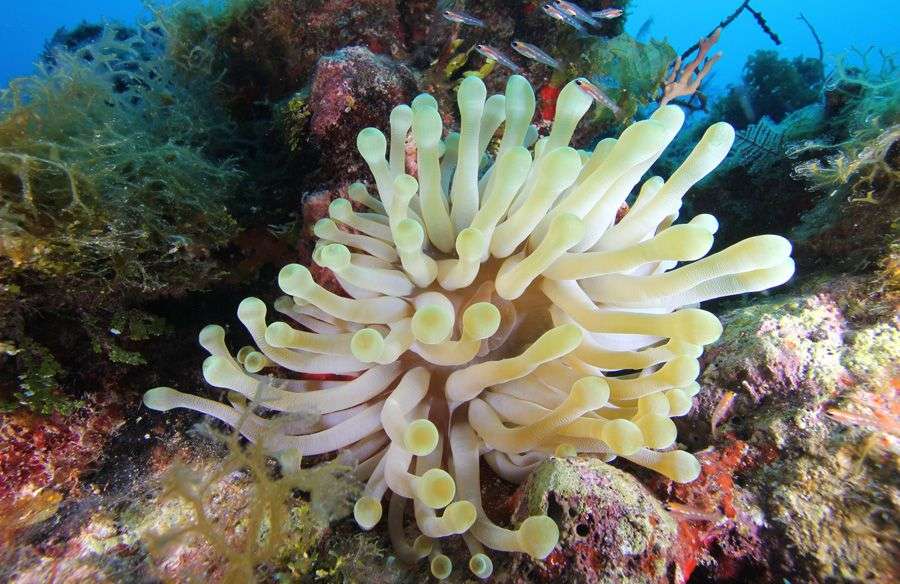
In 2009, Dr. in Sciences Fabián Pina Amargós said that in the archipelago there was work for at least 100 years. If he says so, we have to believe him, since he has dedicated a great deal of his experience as a marine biologist to studying, above all, that zone’s fish.
Precisely with a research about the grouper, which he has called an elephant in the sea because of its large size, he won a grant from the U.S. Pew Charitable Trust Foundation in 2012. In his opinion, there are still many secrets to reveal, related, for example, to the resilience of the Jardines de la Reina coral barrier, which shows an enviable health compared to those of the rest of the Caribbean.
In 2015, Pina Amargós participated with Cuban experts and the Environmental Defense Fund in a joint action between Cuba and the United States that for the first time made it possible to capture and tag sharks for their subsequent study and conservation. Last year, the scientist accompanied two prestigious photographers from the magazine National Geographic during their stay on the archipelago. The article “Cuba’s Underwater Jewels Are in Tourism’s Path,” by David Doubilet and Jennifer Hayes, not only describes the beauty of the place, but also the uncertainty of its future when faced with the opening to international tourism, especially from the United States.
“This oasis in the ocean flourishes because Cuba actively protects the reserve, where the tides and currents help to retain nutrients and larvae. Up to now, the marine ecosystem has demonstrated to be resistant to the bleaching of corals, but it faces the same threat as other reefs, since the ocean warms up, acidifies and rises.”
When Dr. Fabián speaks in terms of oasis, one can understand the dimension of Jardines de la Reina as a genetic reservoir of world relevance. The place is inhabited by hundreds of flora and fauna species, land and marine, many of them with high endemism in Cuba and others of inestimable value. Black and staghorn corals, six species of sharks, four of turtles, invertebrates almost unknown by science, reptiles, mammals, fish, so many and so well-conserved that some call it the Galapagos of the Caribbean.
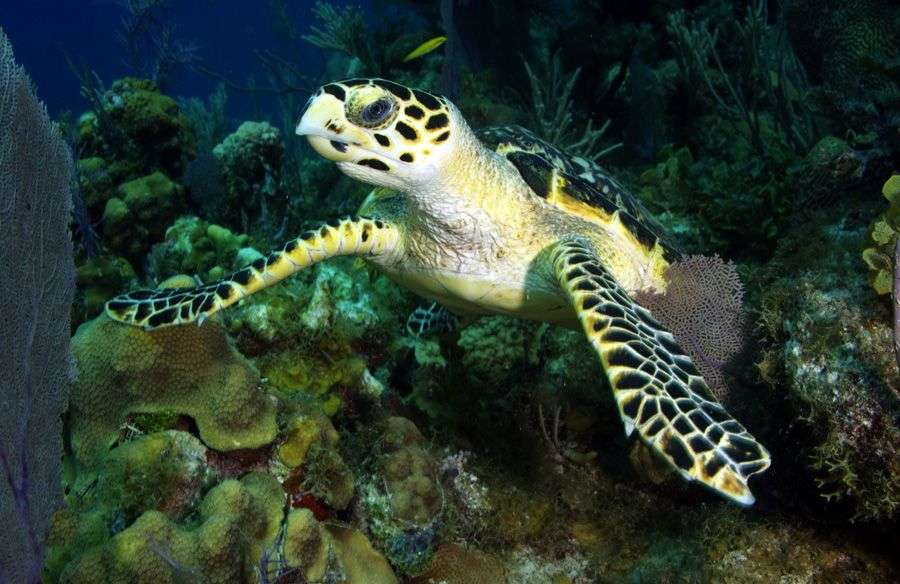
Today Jardines de la Reina maintains its natural values almost unaltered because the tourist exploitation is carried out ecologically and sustainably. It can only be reached departing from the port of Júcaro, to the south of Ciego de Avila.
The Marina Marlin Azulmar enterprise, located in that locality, operates eight life-on-board vessels and the Tortuga Avalon floating hotel, which offers clients integral services during the seven-day cycle. Some 2,500 tourists have access every year to that modality in which it’s not about sun bathing and reading a book on the beachside, but rather interacting with nature in its pristine state.
In addition to diving and contemplation, the tourist product includes sports fishing in the modality of catch and tag. According to studies of the University of Havana’s Center for Marine Research and the Center for the Research of Coastal Ecosystems, diving is sustainable and is of a high quality, backed by the way of managing the area and its resources, and because of the conservation of its ecosystems and repeat rate.
More than 500 years later, the archipelago to the south of central Cuba continues being a garden worthy of a queen.

